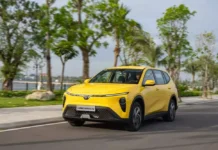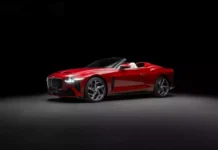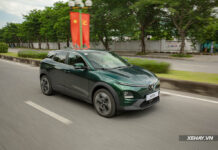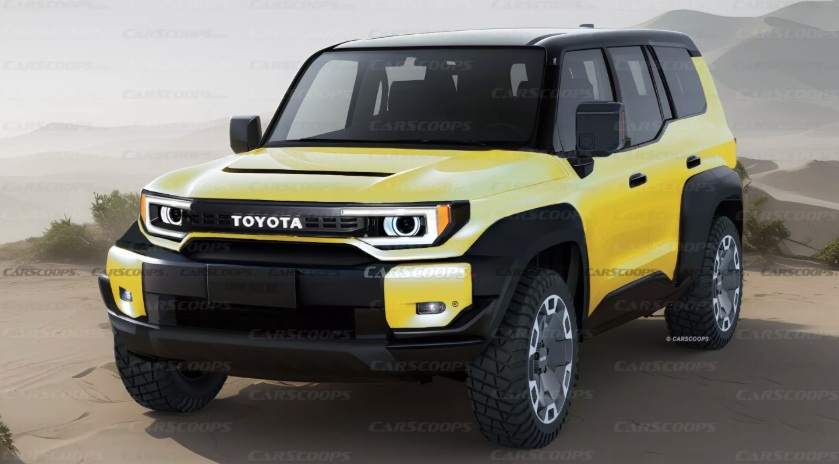After much anticipation and speculation, Toyota has officially confirmed the delay in the launch of its highly anticipated small SUV, tentatively named the Land Cruiser FJ, until early 2026. This comes as a surprise to many, as the initial plan was to introduce the vehicle to the market by the end of 2024.
> Japanese media outlets have reported that the delay is a result of various factors, including production disruptions and the suspension of order intake for the Land Cruiser 250, as well as issues related to certification procedures. Additionally, global trade fluctuations, particularly the new tax policy implemented by the Donald Trump administration, have also impacted Toyota’s production plans.
Despite being a “mini” version of its larger sibling, the Land Cruiser FJ is expected to retain the rugged, off-road capabilities that the Land Cruiser name is renowned for. The overall design of the vehicle is said to draw inspiration from the Toyota Compact Cruiser EV concept, unveiled in 2021. This includes a boxy body, modern LED lights, and an externally mounted spare tire, a feature favored by off-road enthusiasts.
Teaser images released by Toyota in 2023 showcase the Land Cruiser FJ’s impressive ground clearance, large all-terrain tires, and a distinctive flat rear end. According to leaked information, the vehicle will measure around 4,500 mm in length, making it longer than the Ford Bronco Sport but shorter than the US-spec Land Cruiser.
One notable aspect of the Land Cruiser FJ is Toyota’s decision to retain the separate frame design (ladder-frame) for this SUV. This is in contrast to the trend of using a unibody construction in most modern urban SUVs. The IMV 0 platform, also used in the Hilux Champ pickup truck sold in Thailand, serves as the foundation for the Land Cruiser FJ. However, Toyota assures that the SUV’s chassis will be fine-tuned to deliver a smoother driving experience, reducing noise and vibration typically associated with affordable pickup trucks.
Furthermore, the Land Cruiser FJ is expected to feature a four-wheel-drive system with a Torsen limited-slip differential, large all-terrain tires, and impressive ground clearance, making it more than capable of tackling the most challenging terrains.
When it comes to the powertrain, the latest insights suggest that Toyota may temporarily shelve plans to equip the Land Cruiser FJ with a hybrid system, at least for the Japanese market. Instead, the vehicle is likely to be powered by a conventional gasoline engine, similar to those found in the RAV4 and Corolla Cross. This includes engine options ranging from 2.0L to 2.5L.
However, given the global market trends, particularly in Europe and North America, where fuel economy and emissions are becoming increasingly important to consumers, it is likely that hybrid or plug-in hybrid variants will be introduced in the near future, depending on the specific market demands.
In Japan, the Land Cruiser FJ is expected to be priced between 4–4.5 million yen (approximately 702,120,000 – 789,900,000 VND). For the North American market, if the vehicle is produced in regions eligible for tax benefits, the starting price could hover around $35,000 (903,100,000 VND) and go up to over $45,000 (over 1,160,000,000 VND) for higher-end trims. This pricing strategy positions the Land Cruiser FJ significantly lower than the 2025 Land Cruiser offered in the US, which starts at $56,450 (approximately 1,450,000,000 VND).
TH (Tuoitrethudo)













































